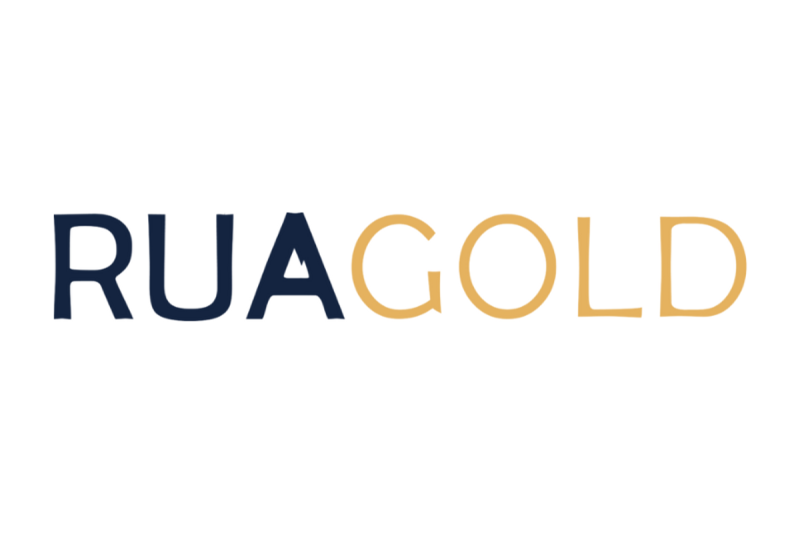RUA Gold, a distinguished mineral exploration company, has its sights set on a significant epithermal gold system in the notable Hauraki Goldfield in New Zealand. The intense interest in this Goldfield arises due to its established reputation as an invaluable source of high-grade gold and silver, which are much sought after by mining companies globally. The strategic move by RUA Gold can be analyzed in terms of the company’s plans for its gold prospects, potential implications for its operations, and anticipated impacts on the mining industry.
Primarily, RUA’s planned targets extend to three mineralized zones in the Hauraki Goldfield: the Joseph Divis, the Talisman, and the Blackwater projects. The company’s goal is not merely to participate in the active gold mining industry; rather, its long-term plan is to tap into the vast untapped potential that these zones offer. RUA Gold intends to use systematic surface sampling combined with state-of-the-art geophysical methods to sketch an accurate image of the gold system beneath the Hauraki Goldfield’s surface. By employing these techniques, the company is also aiming to demonstrate the presence of deposit extensions at depth or along strike, a method that involves identifying gold deposits in longitudinal bands or seams.
In terms of the implications for RUA Gold’s operations, the company foresees a prosperous future from targeting the Hauraki Goldfield. With historical data and modern exploration technology as allies, RUA Gold expects a swift process in conducting intensive mineral exploration. The company also anticipates substantial growth in its reputation and operation size. Moreover, given the Hauraki Goldfield’s historical record for high-grade gold and silver deposits, striking this region could potentially elevate RUA Gold to a significant position in the competitive mining industry.
Switching perspectives to the mining industry, RUA Gold’s move towards the Hauraki Goldfield is poised to stimulate competitive interest. Other exploration and mining companies may follow suit in directing attention to potential sites in New Zealand. Furthermore, successful findings from RUA Gold’s planned exploration could have implications for geologists and researchers worldwide, chiefly by providing new insights about the Hauraki epithermal gold system. Similarly, it could potentially prompt the revision or development of exploration models for other epithermal gold systems across the globe.
Indeed, RUA Gold’s plan to target the significant epithermal gold system in the Hauraki Goldfield is composed of several intricate and interconnected elements. This initiative is not merely about securing a fair share of the gold and silver deposits beneath the Hauraki Goldfield. It also involves harnessing the potential of cutting-edge exploration technology, achieving significant growth for the company, and contributing to the broader mining industry’s understanding of epithermal gold systems. RUA Gold’s strategic aspirations, therefore, present a fascinating case study of a well-planned, ambitious, and potentially transformative exploration program.




